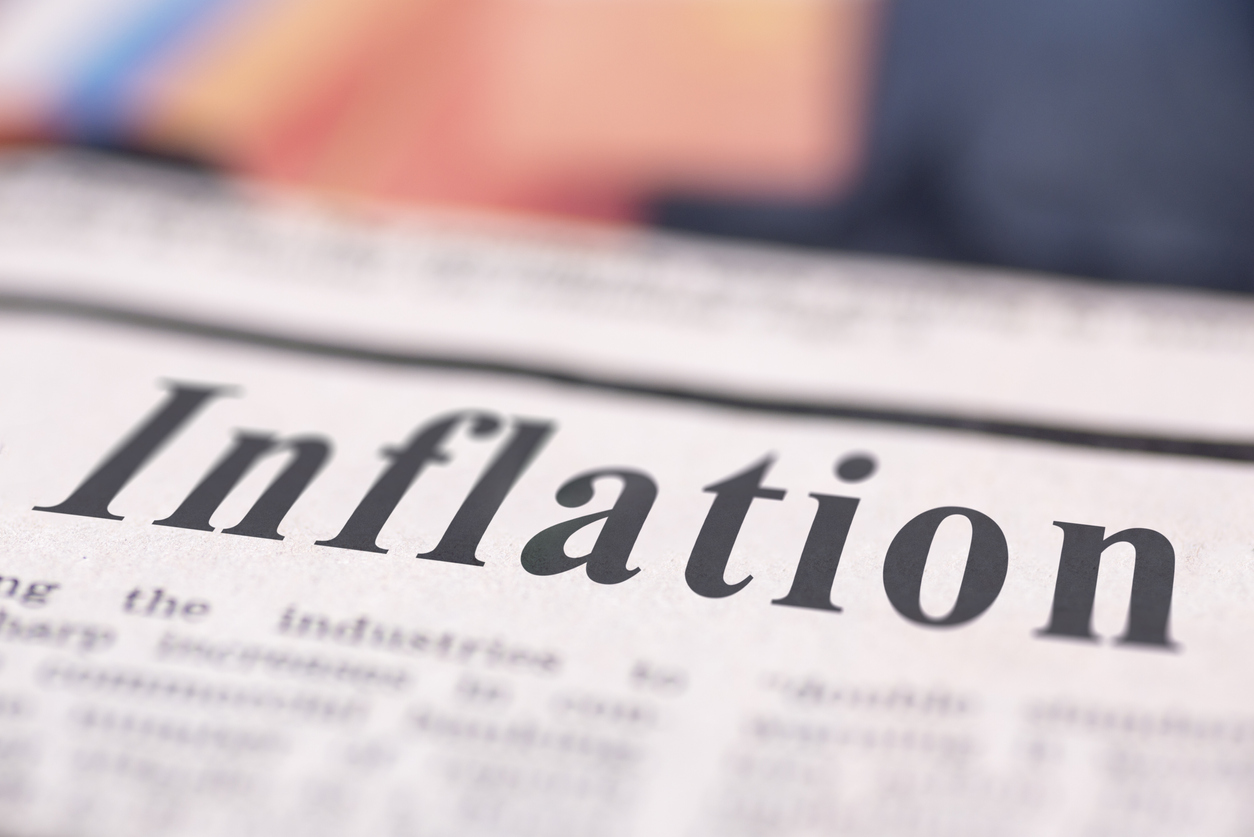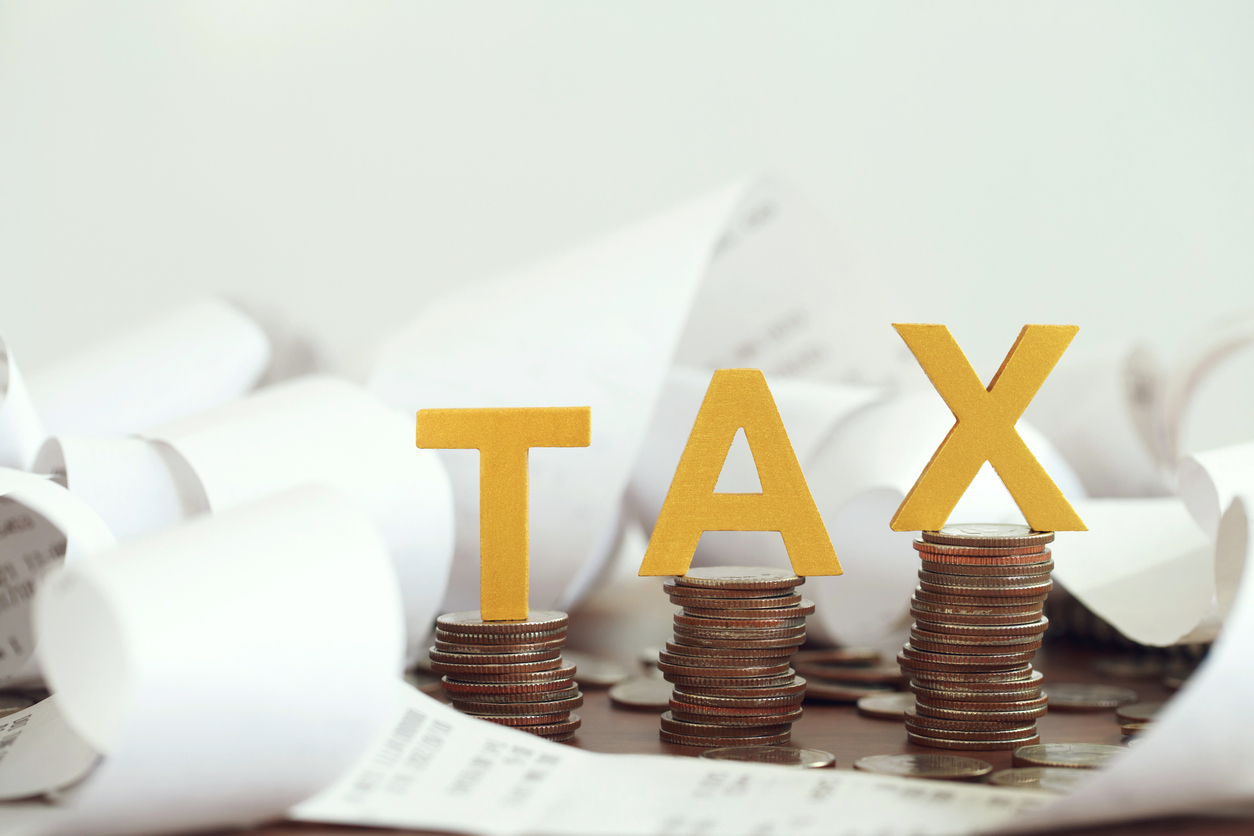
With inflation edging ever closer to double digits, the way you think about investment returns may need to change.
From January 2000 to the start of this year, inflation, as measured by the Consumer Price Index (CPI), averaged 2.3%. Over that period, it had briefly risen above 5% three times – in 2008, 2011 and, most recently in late 2021. The last time CPI inflation was above 7% was in March 1992, over 30 years ago.
That means that if you were born after about 1980, you have not experienced the sort of economic environment we are now experiencing. When inflation is around 2% – the Bank of England’s government-given target – it goes virtually unnoticed. Economists reckon some inflation is necessary to keep the wheels of the economy moving and that 2% is about the right level. Prices still increase, but they do so slowly and are balanced to a degree by other prices falling. At 2%, the phrase ‘cost of living’ is not automatically followed by the word ‘crisis’.
With inflation at today’s high rate, the picture is radically different. Inflation is suddenly no longer something running under the surface. When it comes to investment, the professionals have always taken inflation into account by considering ‘real’ returns. These are calculated by deducting the inflation rate from the investment rate of return (the nominal return). For example, if an investment return is 8% and inflation is 6%, the real return is +2% (8% – 6%), but when inflation is 2%, the real rate of return is 6% – three times as much. Real returns, like their nominal counterparts, can also be negative.
A negative real rate of return means that your investment’s buying power is shrinking. The higher inflation, the more important it is to think in terms of real rather than nominal rates. A good current example is the savings market, where the top rates have risen in response to the Bank of England’s base rate increases. You can now earn over 1% on an instant access account – the best nominal rate for several years, but the worst real rate for many years because of inflation.
To stand any chance of obtaining real returns, you must take advice, look beyond deposits and accept some investment risk.
If you would like to discuss the above with one of our experienced financial planners, please get in touch here.
The value of investments and the income they produce can fall as well as rise. You may get back less than you invested. Past performance is not a reliable indicator of future performance. Investing in stocks and shares should be regarded as a long term investment and should fit in with your overall attitude to risk and your financial circumstances.





